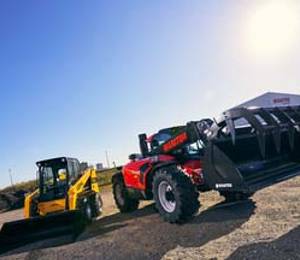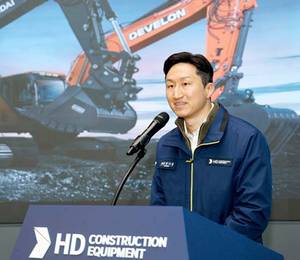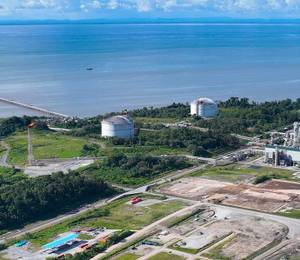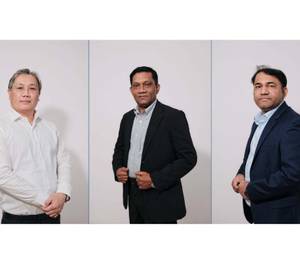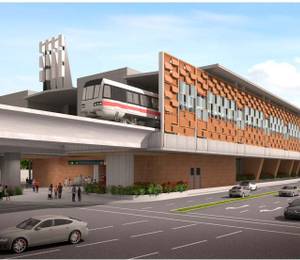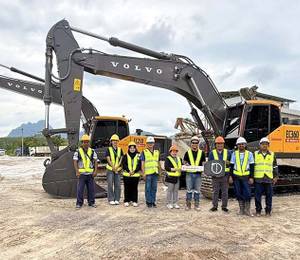Pan-United Corporation Ltd is driving sustainable change in Singapore’s built environment with the use of 360,000 cu m of carbon dioxide (CO2) mineralised concrete over a 2.5-year period for Tuas Port. This specialised low-carbon concrete is a building material for the berths and stacking yards at the Phase One container berth project by PSA Corporation Ltd.
Upon completion in early 2024, Tuas Port Phase One will effectively become a man-made carbon sink that prevents the emission of over 113.8 million kg of CO2 from entering the atmosphere. This is said to be equivalent to planting 1.9 million tree seedlings or removing 24,500 cars from the road.
When fully completed in the 2040s, Tuas Port is set to be the world’s largest fully automated port capable of handling 65 million TEUs (20-ft equivalent units) annually.
“We are delighted at PSA’s commitment to the use of our CO2 mineralised concrete for its Tuas Port Phase One project. It will contribute to PSA’s efforts to achieve net-zero carbon emissions by 2050,” said May Ng, CEO of Pan-United. “We will continue to champion sustainability in Singapore and globally, and work alongside fellow industry leaders in our journey to reach new frontiers in decarbonising Singapore’s built environment.”
CO2 mineralised concrete: lower embodied carbon emissions
Unlike operational carbon emitted from buildings in use, embodied carbon is emitted throughout the construction process before a building is completed, i.e. from the manufacture of building materials right up to onsite work on a new building project, explained Pan-United. This fact makes it possible, during the design stage, to choose building materials and methods that can lower embodied carbon. Once a building is operational, carbon emissions can only be reduced from energy used in lighting, power and air-conditioning.
Ms Ng added, “So far, greening initiatives have focused largely on reducing operational carbon after the building is completed. Yet the best results can be achieved as early as the design stage if builders opt for low-carbon materials, such as CO2 mineralised concrete, to incur the lowest possible embodied carbon footprint for a building even before it comes in use.”
The production of CO2 mineralised concrete is a carbon capture and utilisation (CCU) technology that permanently embeds industrial waste CO2 as a mineral in concrete, said Pan-United, making it a carbon sink for embodied carbon emissions.
According to Pan-United, its CO2 mineralised concrete is the first and only such concrete to be inducted into the Singapore Green Building Council’s new Ready-Mix Concrete (Carbon Capture & Utilisation) category. In the Green Mark 2021, CO2 mineralisation technology is listed in a newly-created ‘Whole Life Carbon’ category under an ‘Innovation’ section.
The company further revealed that beyond Tuas Port, other notable developments in Singapore like the JTC semiconSpace, Avenue South Residence, Linde’s gasification complex at Jurong Island and CapitaLand’s 15-storey building at 3 Science Park Drive, have also used CO2 mineralised concrete.
Image: PSA Singapore
